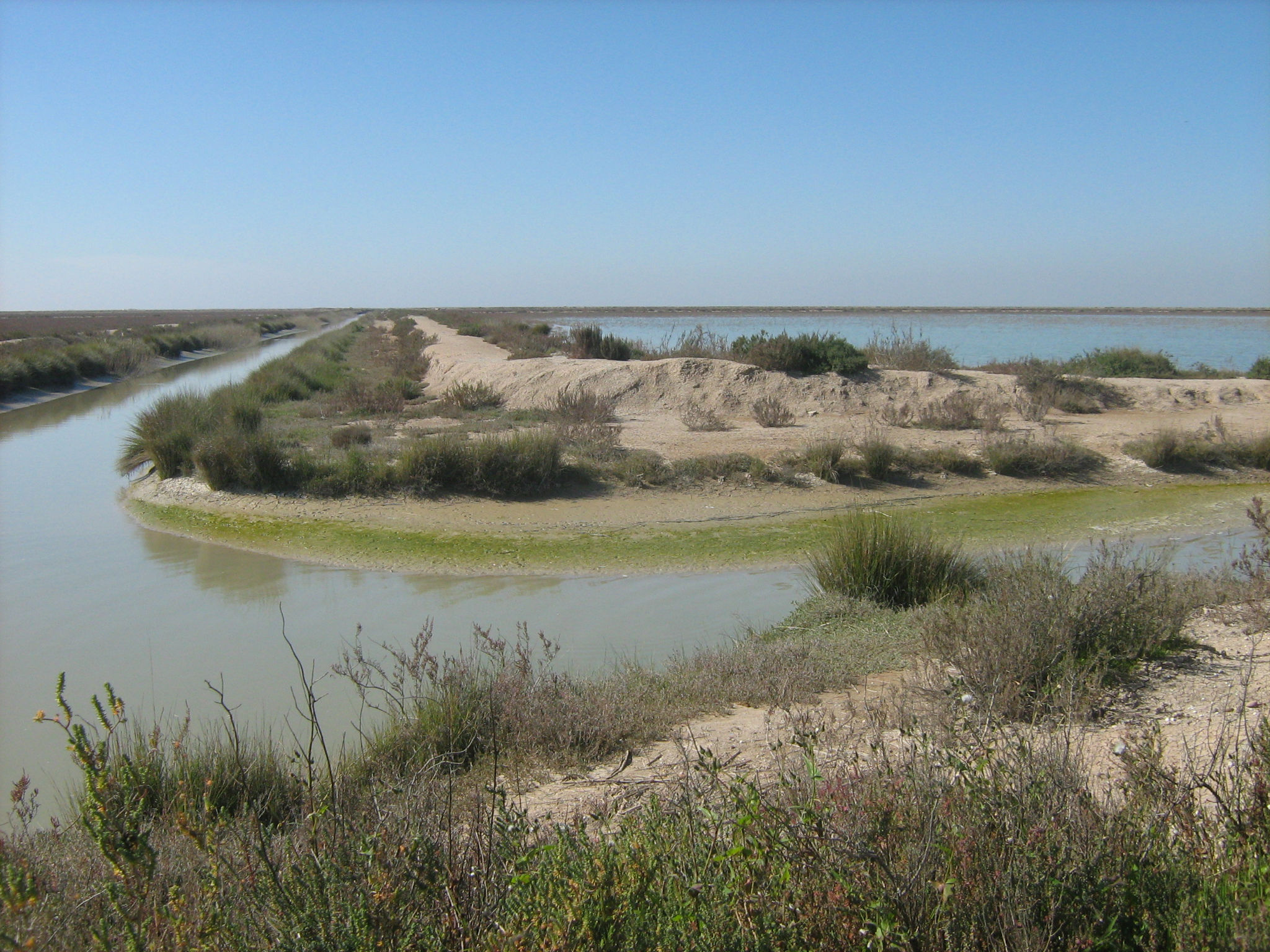A study promoted by the company Pesquerías Isla Mayor S.A. (PIMSA) and carried out by scientists from the Institute of Plant Biochemistry and Photosynthesis (IBVF) shows the nutritional benefits provided by microalgae in an aquaculture farm in the Guadalquivir Marshes. The research corroborates the positive effects that two species, Monoraphidium circinale and Nannochloris occulata, have on the pigmentation or development of fish, which take advantage of the natural resources of their environment.
For years, we have been aware of the benefits of microalgae in biotechnology. In their metabolism, microalgae can generate compounds of commercial interest, such as essential fatty acids and amino acids, pigments, vitamins, hydrogen or hydrocarbons. Many research groups are currently working to optimize their industrial application or to diversify their performance at the technological level. However, the use of microalgae in animal feed is not yet as commercially widespread as might be expected, despite the fact that studies in this field have been carried out for quite some time.
Read the complete report




